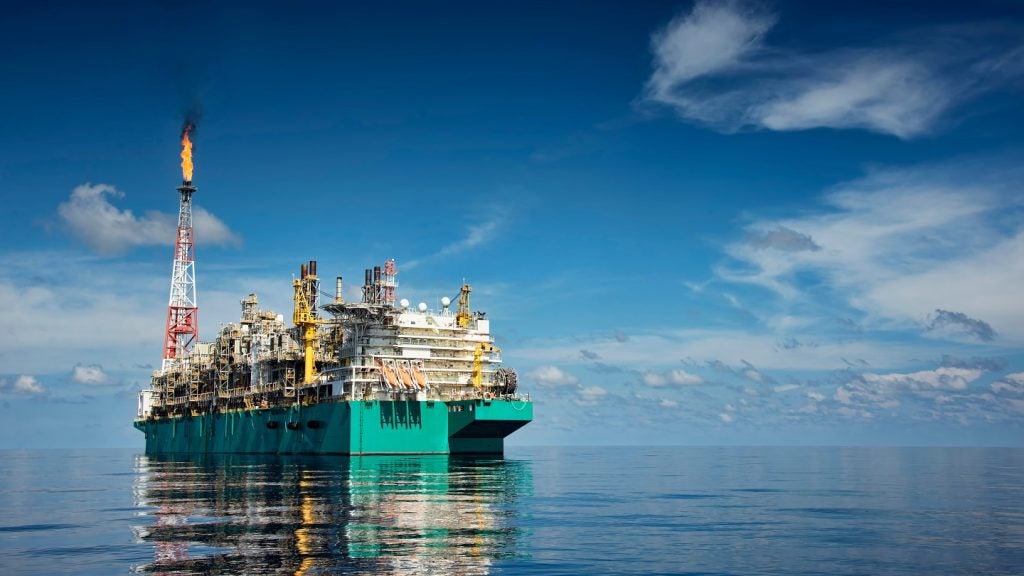
In November 2016, Organization of Petroleum Exporting Countries (Opec) held a meeting in Vienna to discuss the production limit during which, Saudi Arabia agreed to cut down its production by five percent of its current capacity. Russia, being a non-Opec member, delivered many surprises. Not only did the country broker an agreement between rival Saudi Arabia and Iran, but Russia also committed itself to substantial production cuts.
By mid-December, Russia and Saudi Arabia persuaded additional 10 non-Opec countries, including major Former Soviet Union (FSU) producers Kazakhstan and Azerbaijan, to participate in the deal with additional 258,000 bd (barrels per day) of committed production cuts. Production cuts are scheduled to be gradual with a 50,000 bd reduction in January 2017; Russia’s output will be reduced by 200,000 bd by March and by committed target of 300,000 bd by May 2017.
The production cut deal was a year in the making, driven by energy ministers of Saudi Arabia and Russia. However, the Russian side of the deal required a commitment from many distinct industry participants. For almost a year, Russia signaled that it would only freeze its ever-growing production as part of the Opec-led production stabilization scenario. The decision to cut 300,000 barrels per day (bd) of crude output in the first five months of 2017 was a noteworthy departure from Russia’s earlier strategy and was much welcomed by markets, sending global crude prices climbing.
While production cuts in Russia appear feasible from the technical perspective and carry commitments from all main operators, attitudes towards production cuts in two other FSU producers, Azerbaijan and Kazakhstan, diverge.
Azerbaijan, the original center of FSU oil production dating back to the 19th century, has most of its onshore and shelf fields in decline, while the new stage of Shah Deniz is not expected to bring condensate to market until late 2018. The country’s commitment to cut 35,000 bd is proportionally larger than Russia’s representing approximately four percent of 2016 production levels.
See Also:
Kazakhstan, on the other hand, has finally brought Kashagan online in late 2016. The country is eager to see its production rebound and grow, thus has reluctantly agreed to a cut of 20,000 bd representing less than 1.1 percent of production.
How well do you really know your competitors?
Access the most comprehensive Company Profiles on the market, powered by GlobalData. Save hours of research. Gain competitive edge.

Thank you!
Your download email will arrive shortly
Not ready to buy yet? Download a free sample
We are confident about the unique quality of our Company Profiles. However, we want you to make the most beneficial decision for your business, so we offer a free sample that you can download by submitting the below form
By GlobalDataOverall, Russia as the leader in the production cut deal carries the lion’s share of cuts in the FSU, with support from Kazakhstan and Azerbaijan.




